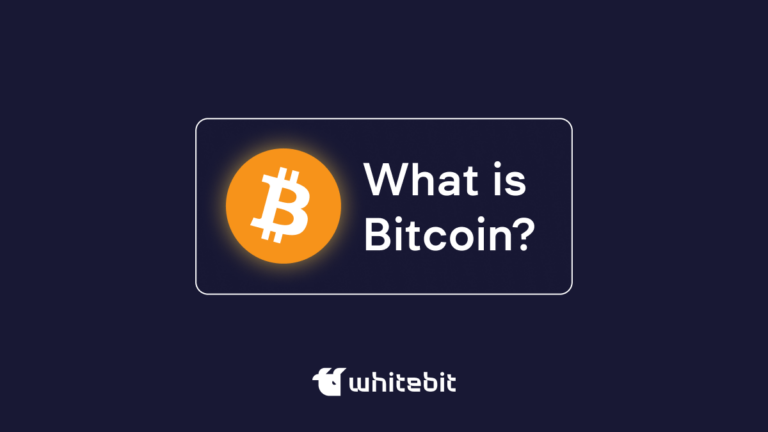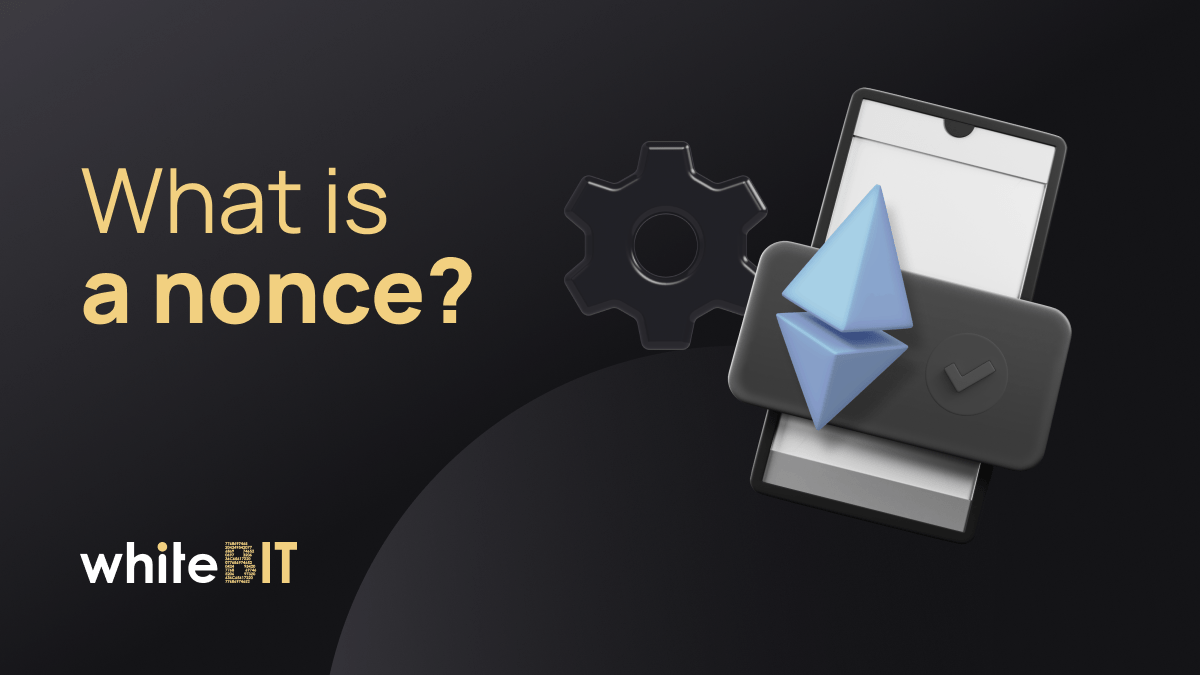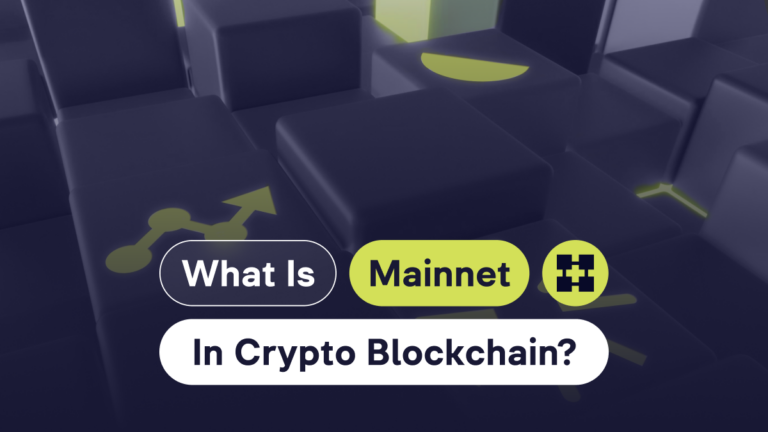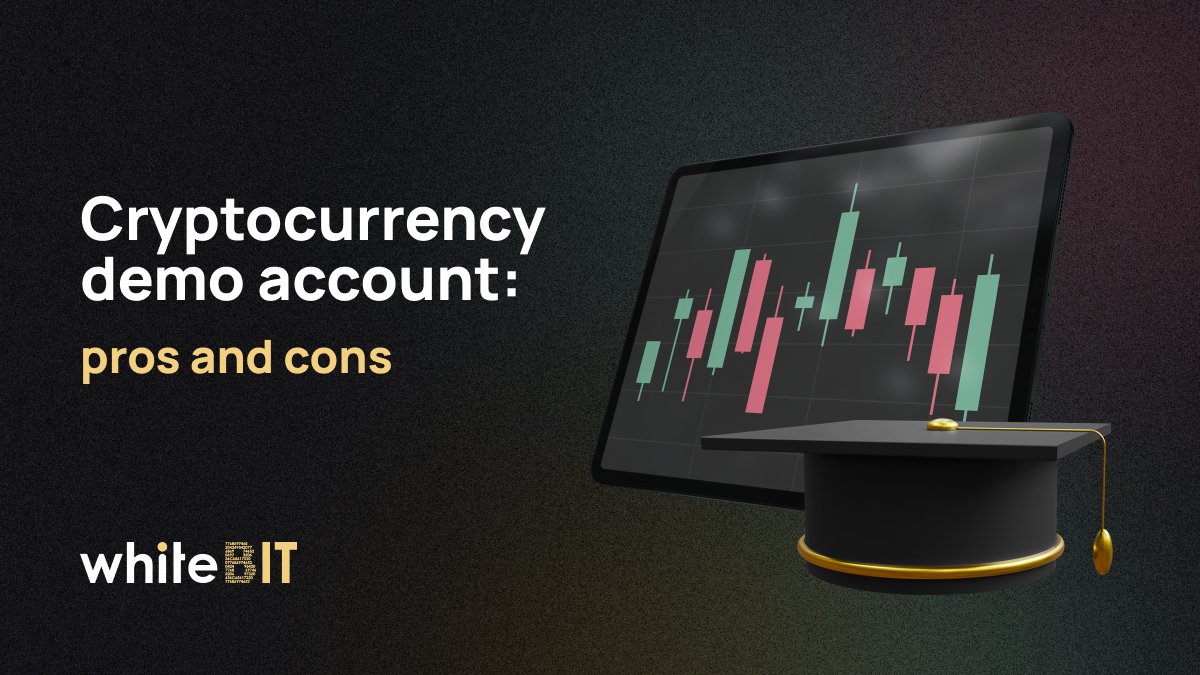Layer 2 Crypto (L2): How To Improve Blockchain Performance
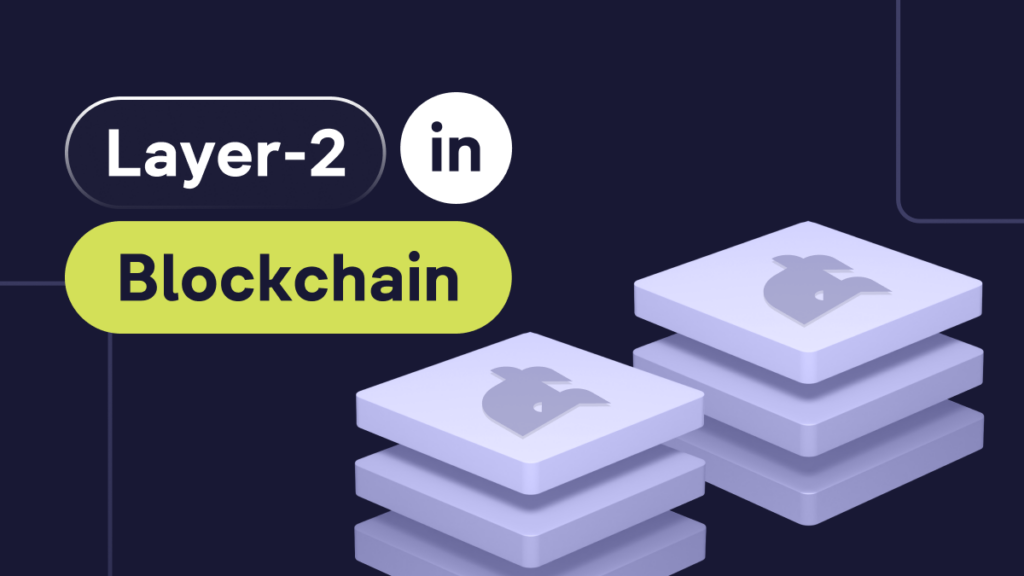
Content
In the world of blockchain and cryptocurrencies, new technologies are constantly emerging to improve the performance and efficiency of networks. One of the most common questions in this area is: How can we make blockchain faster and cheaper? Layer 2 solutions, known as Layer 2, have emerged as the answer to this challenge. But what are these solutions and how do they work? Let’s understand this in more detail.
What Is Layer 2 Network?
Layer 2 blockchain is a technology and protocol designed to improve the scalability of blockchain networks such as Bitcoin and Ethereum without requiring changes to the underlying blockchain. The basic idea is to move some of the computational operations and transactions outside the mainnet, allowing to trade crypto with more bandwidth and lower transaction fees. Layer 2 blockchain solutions work on top of the underlying blockchain layer, creating an additional layer that processes transactions faster and more efficiently while maintaining a high level of security and decentralization of the core network. These technologies highlight how blockchain technology can effectively address scalability challenges.
Why Is It Important?
Layer-2 blockchains are needed to address several challenges related to scalability, performance, and transaction economics in existing blockchain networks. Mainstream blockchains have limited bandwidth, resulting in slower transaction processing and higher fees during periods of high demand. These limitations reduce their effectiveness for mass use, especially in applications requiring fast and low-cost transactions, such as micropayments or decentralized financial applications (DeFi).
Layer-2 solutions allow some of the transaction load to be moved outside the main blockchain while maintaining security and decentralization. They can significantly increase network throughput, reduce transaction costs, and improve user experience. For example, Lightning Network for Bitcoin enables micropayments instantly and with minimal fees, creating payment channels between users. Similarly, Rollups for Ethereum combine multiple transactions into one transaction, reducing the load on the underlying blockchain and improving its efficiency.
Thus, Layer-2 cryptocurrencies play a key role in overcoming the current limitations of blockchains and empowering them for mass use.
How Does L2 Blockchain Work?
Layer 2 solutions operate on the principle of off-chain processing, where transactions take place outside the main blockchain, thereby reducing the burden on the first layer. By creating off-chain channels, users can perform multiple transactions without adding each transaction directly to the blockchain. This approach increases network capacity and reduces fees, making microtransactions and trades more practical.
Underlying the functionality of Layer 2 networks are mechanisms such as state channels, blockchain rollups, and sidechains.
- State Channels. Layer 2 solutions, such as the Lightning Network, utilize state channels, creating end-to-end encrypted channels for sending and receiving payments. Transactions in these channels occur outside the channel, and only initial and final balances are transmitted to the core network, reducing burden and increasing efficiency. The hash in blockchain ensures the data’s integrity, ensuring that transactions are immutable. Users open a channel by depositing funds into a multi-signature address and can make multiple transactions. Completion of the channel records the final balances in the underlying blockchain.
- Blockchain rollups (Optimistic and ZK rollups) combine multiple offchain transactions into a single piece of data, which is then added to the main blockchain. Optimistic rollups assume that all transactions are correct, verifying them only in case of a dispute. In contrast, ZK roll-ups use cryptographic proofs to confirm the correctness of all transactions before writing them to the blockchain. Both types of rollups increase scalability and significantly improve network throughput.
- Sidechains are independent blockchains with their own consensus mechanisms that connect to the first-level chane via a two-way bridge. Users can move assets between chains, taking advantage of additional layer 2 solutions and the enhanced capabilities of the core network. Side chains allow new features and experimentation with different consensus mechanisms without jeopardizing the underlying blockchain.
Examples Of Best Layer 2 Crypto Coins
Bitcoin Layer 2 Projects List
Layer 2 bitcoin projects significantly improve the network’s scalability, performance, and economics. Here are layer 2 crypto list of successful projects that are actively developing and enjoying popularity:
- Lightning Network is one of the most well-known Layer 2 projects for Bitcoin. It works based on state channels, allowing for fast and cheap micropayments. Users open channels for multiple transactions without recording each one on the main blockchain, recording only the beginning and ending balances. This technology plays an important role in the growth of Bitcoin’s market cap, making it more practical and attractive to users.
- RSK (Rootstock) is a sidechain that provides compatibility with Ethereum and utilizes Bitcoin’s merged mining consensus mechanism. RSK adds smart contract functionality to the Bitcoin ecosystem, enabling the creation of highly secure decentralized applications (dapp). It provides a two-way bridge between RSK and the main Bitcoin blockchain, allowing assets to be moved between networks.
- Liquid Network is a commercial sidechain developed by Blockstream to accelerate large-scale Bitcoin transactions between exchanges and financial institutions. It allows for issuing crypto layer 2 coins, asset representation, and fast and confidential transactions. Liquid supports two-way bridging with the main Bitcoin network, allowing bitcoins to be moved in and out of the network.
- Stacks is a BTC layer 2 platform for creating decentralized applications and smart contracts. Stacks uses a proprietary consensus mechanism called Proof of Transfer (PoX), which links the security of the Stacks network to the main Bitcoin blockchain.
Ethereum Layer 2 Projects
Polygon
A platform for creating and connecting various layer 2 Ethereum-compatible blockchains. Polygon layer 2 offers high transaction speeds, low fees, and support for dapp and smart contracts. Polygon uses sidechains and rollups to improve ETH layer 2 network performance and is also active with ERC-20 tokens (layer 2 tokens).
Arbitrum
The project uses optimistic rollups to increase throughput and reduce commissions. It enables fast and cheap transactions while maintaining the security and decentralization of the underlying blockchain. Arbitrum actively supports decentralized applications, providing them with high performance.
Base
The project uses various technologies to improve network performance by supporting the creation and use of decentralized applications. Base aims to provide users and developers with faster and more cost-effective solutions.
Layer 1 vs Layer 2 Blockchain: Main Difference
Examine the chart of the difference between layer 1 and layer 2 blockchain
| Parameter | Layer 1 | Layer 2 |
| Throughput | Limited (Bitcoin ~7 TPS, Ethereum ~15 TPS) | Significantly increased |
| Fees | High during periods of high demand | Low, thanks to off-chain processing |
| Scalability | Limited | Significantly improved due to off-chain processing |
| Innovations | Complex and slow implementation of new features | Rapid implementation of new technologies and features |
| Examples | Bitcoin, Ethereum | Lightning Network, Optimistic Rollups, ZK-Rollups, RSK, Liquid Network |
Layer 2 vs Layer 3
Let’s look at the main difference between layer 2 and layer 3. Layer 3 solutions aim to improve the scalability and functionality of blockchains. Layer 3, running on top of Layer 2, offers customization for individual applications and networks, enabling the deployment of unique features such as confidential transactions. Major projects include Hyperchains by zkSync, Superchain by Optimism, and Orbit by Arbitrum, developing unique L3 applications and tools to create interconnected blockchains and improve user experience. L3 also encompasses decentralized oracle networks and infrastructure projects.
Layer 3 (L3) solutions differ from Layer2 (L2) in providing more specific and customized features for applications and networks running on top of L2 crypto. While L2s focus on scalability and lower fees, L3s add unique features such as confidential transactions and develop tools to create interconnected blockchains, improving the user experience and interaction with blockchain technologies. Examples: Chainlink (LINK), Polkadot (DOT), Cosmos (ATOM).
Pros&Cons Of Layer 2 Coins
Benefits of L2
- Scalability: Increase network capacity, allowing more transactions to be processed per unit of time.
- Low fees: Lower transaction costs by reducing the load on the underlying blockchain.
- Fast transactions: Enable near-instant transactions, especially for micropayments and decentralized applications (dapps).
- Innovation allows faster adoption of new technologies and features without changing the underlying blockchain.
Drawbacks of L2
- Centralization: Some solutions may increase the degree of centralization, which reduces the network’s decentralization.
- Security: May be vulnerable to attack and fraud if not sufficiently secure.
- Integration complexity: Additional effort is required to integrate and be compatible with the underlying blockchain.
- Limited support: Some L2 solutions may need to be compatible with existing decentralized applications and protocols.
Conclusion
Layer 2 solutions significantly improve blockchain scalability by enabling fast and cheap transactions, making them more practical for mass use. They have proven their effectiveness through projects we explored in the layer 2 blockchain list, like the Lightning Network and Rollups, but can increase centralization and create security risks. Integrating these solutions requires additional effort, but they allow for rapid innovation and improved blockchain functionality, making them more accessible to users and developers.

